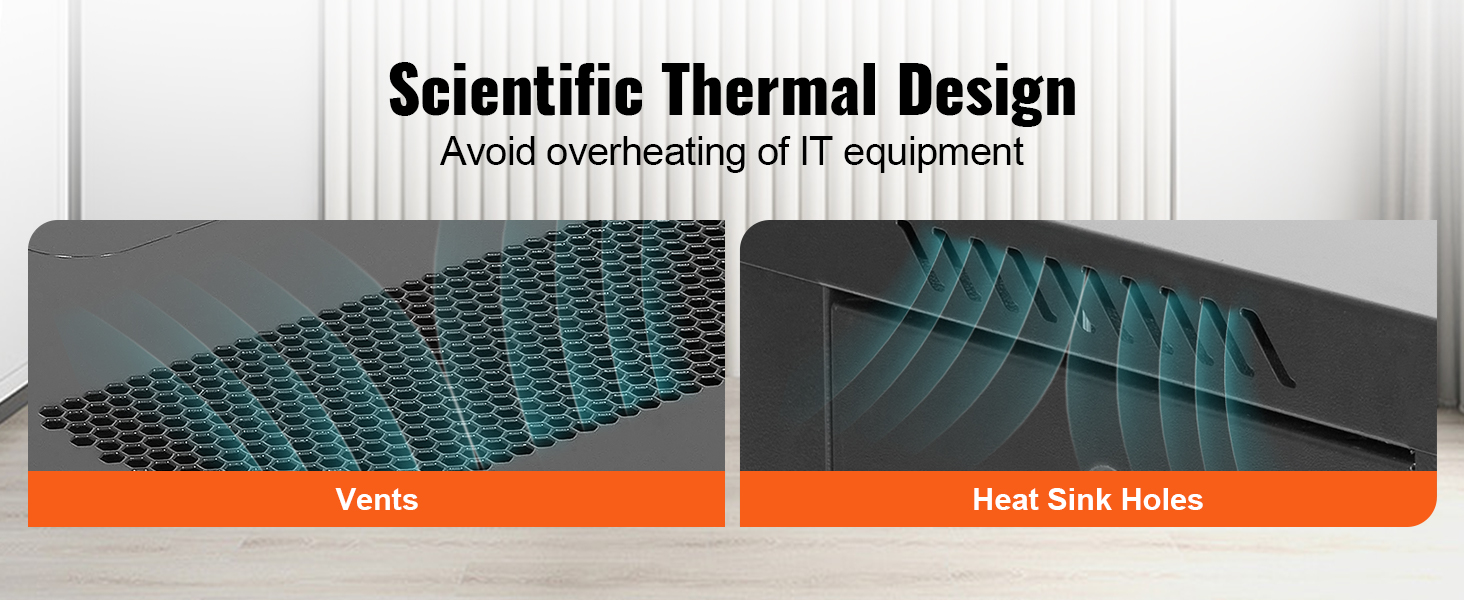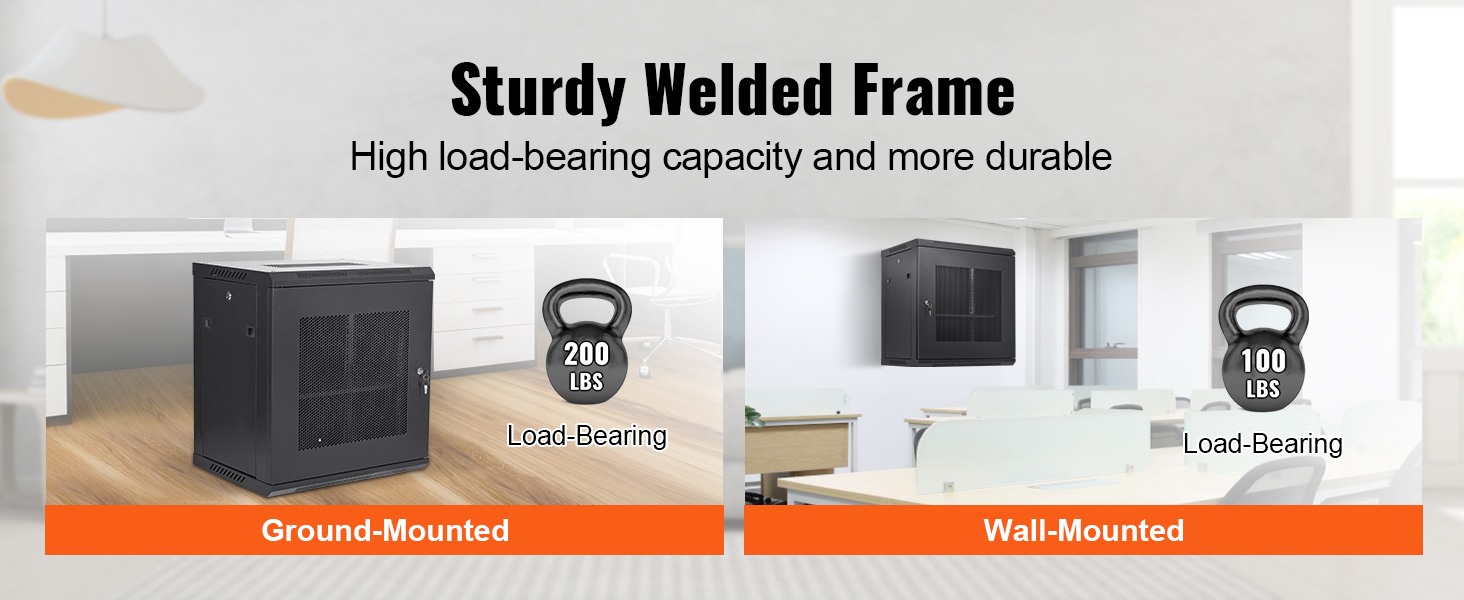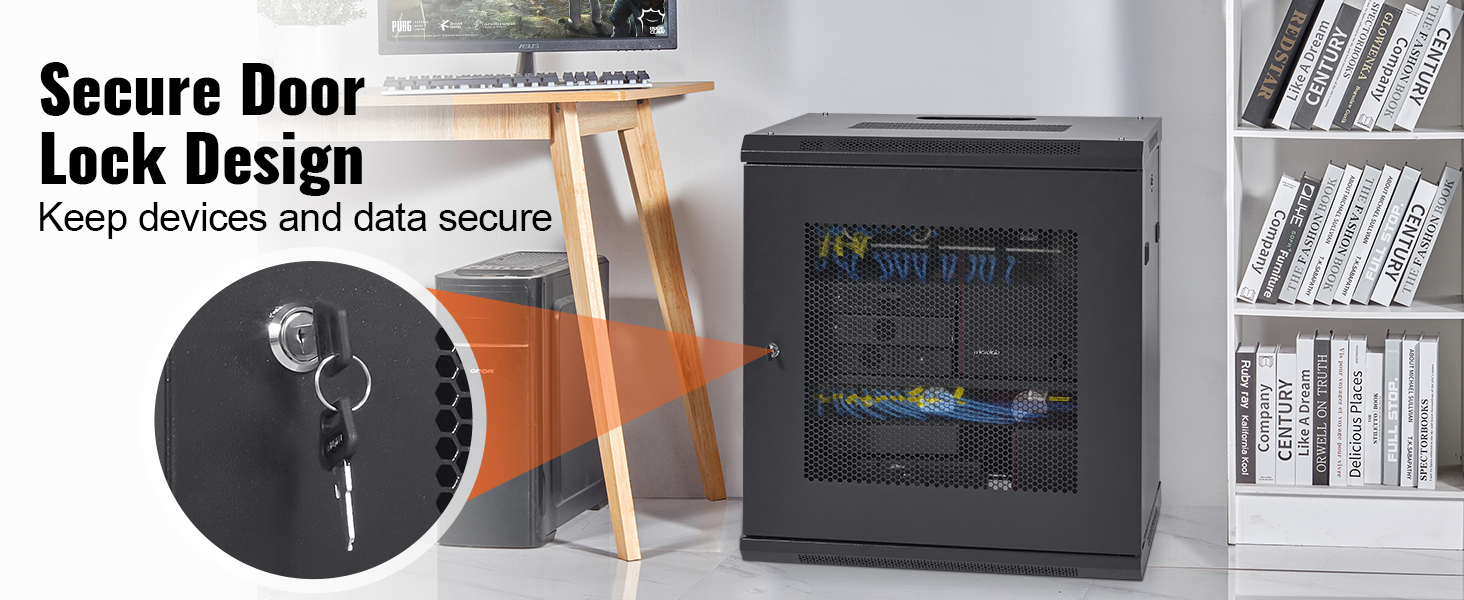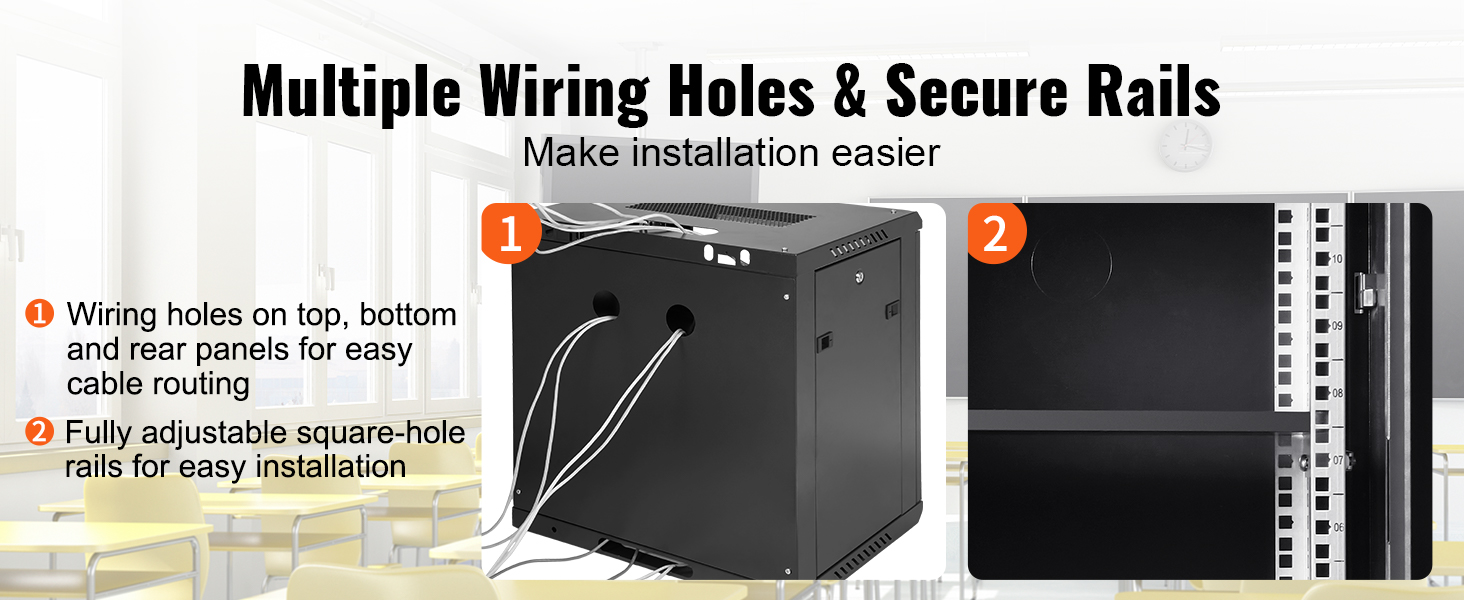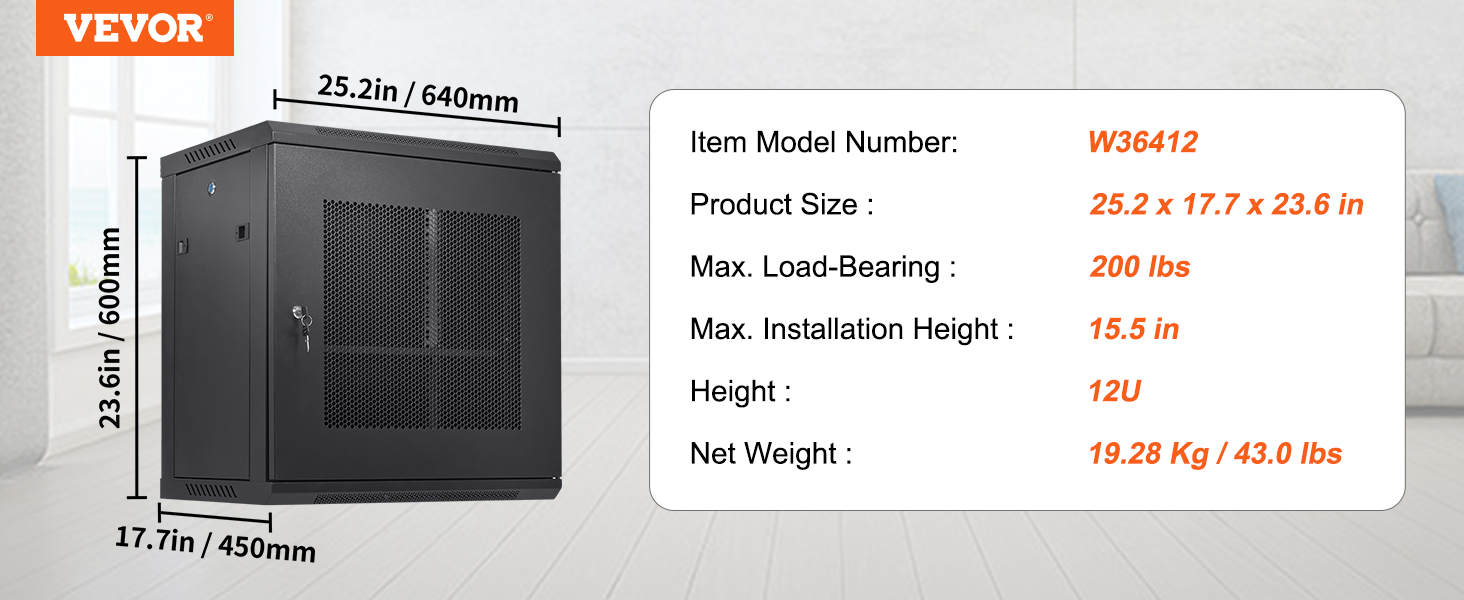Frontier made a splash last week by saying is is now “The New Frontier” with “Transparent Pricing, No Change/Cancel Fees, and Enhanced Customer Benefits and Support.” That all sounds impressive, but it’s really just a facelift meant to make it easier for travelers to spend their money. For now, it’s also a whole lot cheaper, so people should be happy to take advantage.
The original ultra low cost carrier (ULCC) model was created to have the lowest possible base fares with an extra fee for everything under the sun. Operational integrity? Pfftt, that didn’t matter. People would deal with anything for a cheap flight. This model worked for ULCCs in the beginning, but most importantly, it provided fodder for late night comedians for years.
The model first took a hit before the pandemic when Spirit discovered that it had to actually run a decent operation. Frontier seems to have come to that conclusion later in life, and it never quite had the same commitment to it. But the commercial model, that was solid. After all, who doesn’t like a cheap fare, even if they end up hating the fees later? And those ancillary fees… those didn’t have the same 7.5 percent excise tax applied. This was a goldmine.
The legacy carriers responded by creating Basic Economy, a stripped down fare that could match this low base price that ULCCs put out. The difference, however, was that if you bought Basic Economy you couldn’t add on attributes. If you wanted to have the ability to change, select a seat, or in some cases bring a carry-on bag, you had to buy the higher regular economy fare.
Now, Frontier is admitting that this idea of having tiers of fares really works well, so it is adopting the legacy model. Sort of. The airline has now created four different fare products with different attributes that you see right up front during the search.
The original Frontier fare still exists as a Basic Fare, adopting the legacy airline nomenclature to make it easy for travelers to compare.
The Economy Bundle then perfectly matches the regular economy offering that legacy carriers put out, with a carry-on bag and standard seat selection. Oh, and change fees are gone — something Spirit has already matched across the board — while credits have been extended from being valid for 3 months to 1 year, also now industry standard.
The Premium Bundle includes all of that, but it also has early boarding and extra legroom seating (which the airline used to call Stretch but now calls Premium). Lastly, the Business Bundle adds two checked bags and seating in that UpFront Plus section.
Why would Frontier do this? Is it voluntarily going to pay the excise tax by putting all this in the fare? Of course not. It’s just finding a new way to offer bundles to get people to pay up earlier in the process.
Frontier is moving these bundles into the original fare shopping process. Previously, you just picked a fare and added on a bundle later. Now, you pick the bundle right up front. The airline is pricing these bundles to ensure that people would just about never want to build their own package. Just look at this random day in the middle of June from Denver to Phoenix for an example:

If you select that $29 fare, the lowest of the low, then unlike with the legacy carriers, Frontier will allow you to piece this together individually as it used to be. The airline still offers the old bundle options but the prices are wildly stupid. Note that these are on top of the $29 base fare:

If you pick one of these, you’re an idiot. It’s just as silly if you try to piece together one attribute at a time. The cheapest seat assignment on the plane is $18, a carry-on is $58 (or $68.99 with early boarding), and a checked bag is $58.
This is being priced so that everyone will buy a bundle and ancillaries will plummet. Or will they? Technically, these are still ancillaries.
If we select the $104 Business Bundle — or any bundle — it’s the same base fare with different add-ons. Here’s how everything breaks down on that Business Bundle above:
- $3.61 base fare
- $0.27 US excise tax
- $5.00 US flight segment tax
- $5.60 US passenger security fee
- $10.00 bullcrap “carrier interface charge”
- $4.50 Denver passenger facility charge
- $75.00 Business Bundle
In other words, nothing has really changed behind the scenes. What has changed is the different types of bundles being offered and where they are being shown to customers.
Yes, the prices for these bundles are WAY lower than what the airline used to have, but prices can always change. I imagine Frontier’s plan here is to start with cheap upsells to encourage people to book. Then it will slowly but surely increase the upsell amounts to see just how far it can push it before people stop buying.
I’m actually pretty surprised at how low the buy-ups are now. I imagine that Frontier is going to take a real hit on ancillaries in the near term. The idea must be that Frontier thinks it can push people into buying higher bundles with such slim upsell charges. Think about it this way. Even though there are so few UpFront Plus seats on an airplane, people should still buy the Business Bundle if they have a checked bag and want a carry-on or seat assignment, because it’ll be cheaper.
I struggle with the math as it is today, but I know that Frontier just wants to make a splash as a kinder, gentler airline. This is like a reset, a marketing exercise that says it is doing things differently than it did before. It’s a study in human behavior, I suppose. The underlying numbers can always change, and you can be sure they will, but in the meantime, Frontier just wants to make it easier for you to spend that money.

